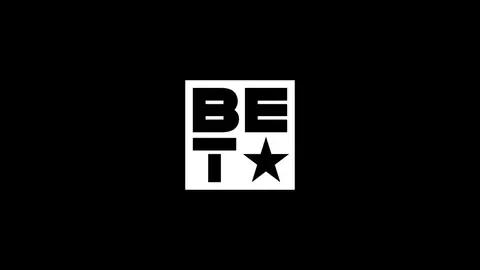Here’s How to Close the Achievement Gap

For the past two years the Campaign for Educational Equity has been working with a task force of scholars, practitioners and policymakers to address solutions as to how to close the achievement gap, and finally someone has some solutions.
For years, the Black-white achievement gap has served as a kind of Berlin Wall around the African-American community — it seemed as if it was impossible to knock it down. Data is now showing, however, that over the last decade, students of color have made significant increases in performance test scores.
Notable gains have been made by African-American and Latino students, especially in reading; however, a gap still exists, according to long-term trend data from the National Assessment of Education Process (NAEP).
For example, the achievement gap between Black and white students in New Orleans shrank from 56 percentage points four years ago to 42 points today, but 42 points is still a ways from zero.
In a series of five papers, the Campaign for Educational Equity proposes that closing the gap requires both educational opportunities provided in formal school settings and a range of educationally relevant “out of school” services that students need in order to overcome the impediments to learning that poverty imposes.
They suggest that in order to succeed in school, students need effective teachers, contemporary curricula, and quality facilities and materials. Additionally, low-income students need access to preschool, after-school and summer programming, health care, and family support services.
“In addition to important school-based educational resources like effective teaching, reasonable class sizes, and up-to-date learning materials, these children need additional comprehensive services, specifically, early childhood, health, after-school and other extended learning opportunities and family supports,” the first paper reads.
The five white papers include:
A Legal Framework by Michael A. Rebell
How Much Does it Cost? by Richard Rothstein, Tamara Wilder, and Whitney Allgood
How Much Does New York City Now Spend on Children's Services? by Clive Belfield and Emma Garcia
What Are the Social and Economic Returns? by Clive Belfield, Fiona Hollands, and Henry Levin
A Proposal for Essential Standards and Resources by Michael A. Rebell and Jessica Wolff
The task force says that its goal is to establish state-level educational opportunities that are comprehensively defined and develop and implement meaningful educational policies for New York State.
They claim that the next step in attaining their goal will focus on implementation issues and model legislation.
To contact or share story ideas with Danielle Wright, follow and tweet her at @DaniWrightTV.
(Photo: REUTERS/Adam Hunger)





